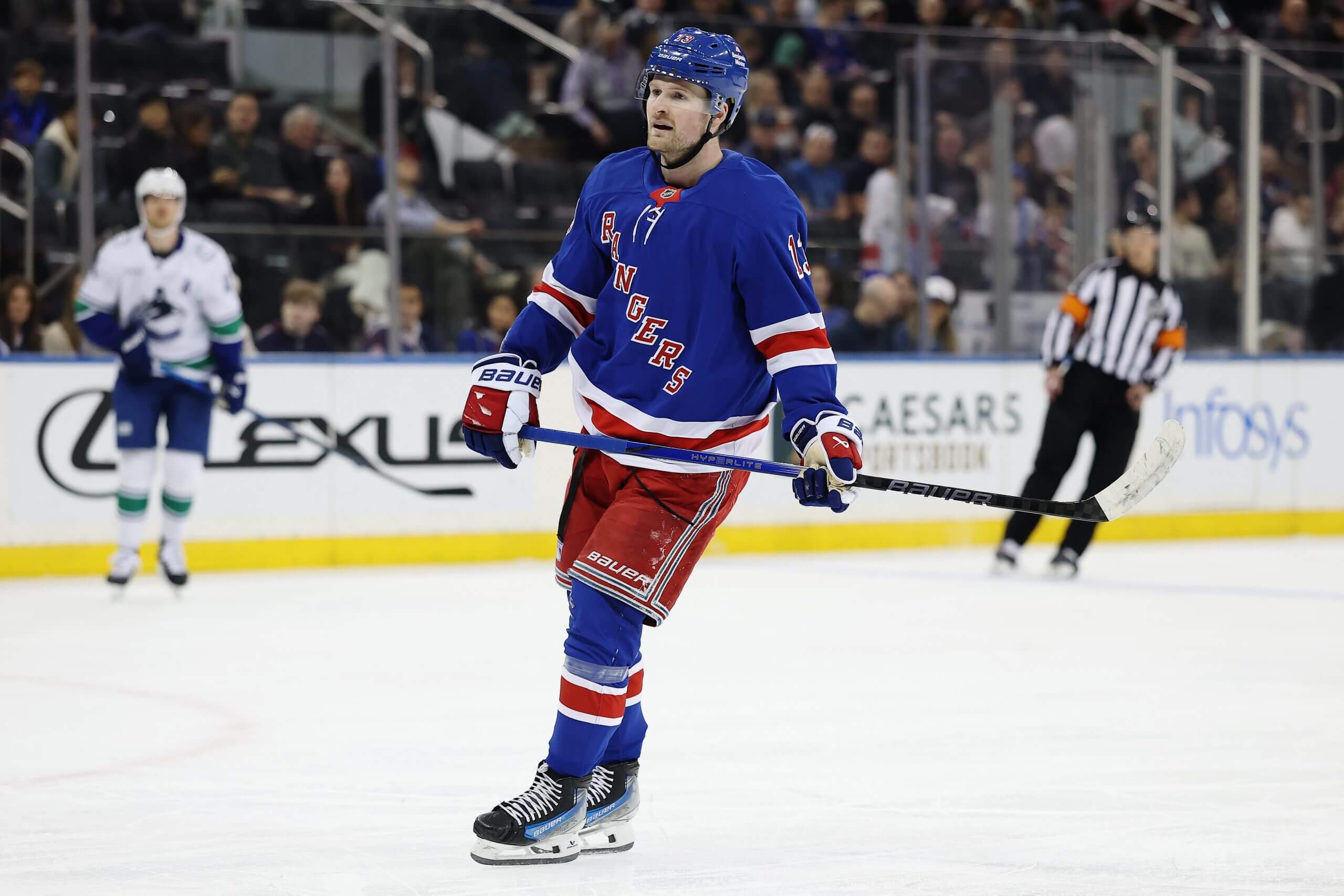
If you were to grade the New York Rangers as a team, they would receive low marks. That’s what happens when you go from an Eastern Conference finalist to out of the playoffs within a year. Some players are in line with that. Others put together strong seasons but just happened to play for a disappointing team.
Advertisement
Let’s see who shakes out where, going through each forward and grading them A to F.
But first, in response to the comments sections on past grades stories, I want to emphasize the scale we’ll use. Grades are based on expectations surrounding a player. A “B” for Mika Zibanejad doesn’t look the same as a “B” for Adam Edström. Here’s a guide:
A: The player was at a career-best level.
B: The player had a good season based on their standards.
C: The player had an acceptable season but perhaps left you wanting a little more.
D: The player had a disappointing season.
F: The player had a worst-case scenario season.
To qualify for a grade, a player had to play at least 30 games for the Rangers and finish the year with the organization. This list, which only has the forwards, is sorted by leading point scorers. Defensemen and goalies will come in the next few days.
Artemi Panarin: B-
80 games, 37 goals, 52 assists, 89 points, minus-9
Panarin was coming off a 2023-24 season in which he set career highs in goals (49) and points (120) and finished fifth in Hart Trophy voting. Like many Rangers players, his production dipped this year, but it was comparable to seasons before 2023-24. His 37 goals were the second most in his career. His 3.4 points per 60 minutes is his same as 2022-23, though tied for his lowest total since coming to the Rangers.
Panarin’s underlying numbers were strong, too. He was the team’s top-rated forward by colleague Dom Luszczyszyn’s model. The Rangers also had more than 50 percent of the five-on-five expected goal share with him on the ice, according to Natural Stat Trick. He’s the only Rangers forward who qualified for a grade and can say that.
One more note on Panarin: The B- grade is based solely on on-ice performance, but there’s obviously more to the story of his season. The Athletic’s Katie Strang reported in April that Panarin and Madison Square Garden “paid financial settlements to a Rangers employee last year after she alleged that Panarin sexually assaulted her.”
Advertisement
Mika Zibanejad: D
82 games, 20 goals, 42 assists, 62 points, minus-22
Zibanejad had a much better season after the calendar flipped to 2025. In the last 46 games of the year, he had 14 goals and 41 points: 25-goal, 73-point pace. That’s right around his 2023-24 numbers. He played some right wing on a line with J.T. Miller, acquired in January, and that duo showed chemistry. Whomever the Rangers hire as head coach could try Zibanejad in that slot again next season.
Unfortunately for the 32-year-old, he had a brutal first half, which led to his full-season results being a disappointment. Luszczyszyn’s model gave him a plus-5 net rating: solid for many players, but not what the Rangers need from someone they’re paying to be a No. 1 center.
“I’m not happy with the season as a whole,” Zibanejad said before leaving New York for the summer. “Mentally, what I went through the first few months is probably the toughest I’ve ever been through in my career. … I know this wasn’t a season I wanted. That’s on me. I have some months now to take advantage of and get ready for next season.”
Zibanejad will represent Team Sweden at the World Championships in his native Stockholm.
Vincent Trocheck: C
82 games, 26 goals, 59 points, Even
Trocheck’s performance this season was in line with what the Rangers are paying for. He had the second-most goals of any season of his career and the fourth-most points. His numbers — both in terms of counting stats and underlying metrics — are acceptable for someone with a $5.625 million cap hit.
Trocheck’s season feels a little disappointing, though, because of what he showed in 2023-24, when he had 77 points and then was arguably New York’s top skater in the playoffs. This season was a step back, but perhaps that should have been expected given his level of production most of his career.
Advertisement
Alexis Lafrenière: D
82 games, 17 goals, 28 assists, 45 points, -13
Given Lafrenière’s draft pedigree (No. 1 pick in 2020) and what seemed to be a breakout season in 2023-24, his step back in 2024-25 made him one of the more disappointing Rangers of this lost season. His points-per-60 minutes rate went down from 2.4 to 1.9, the same as 2022-23, and he had 11 fewer goals and 12 fewer points than he did in 2023-24. The 23-year-old looked out of place defensively at points and did not produce at a rate that made that worth overlooking.
Lafrenière’s regression came in a season in which the Rangers gave him a seven-year, $7.45 million average annual value extension, which adds to the sting.
“I had a good start and then struggled to be consistent in my game and didn’t really make a difference,” he said. “I’m obviously disappointed in my year.”
Asked about his confidence, he said there were stretches in which he questioned himself and his game, but added, “That’s not an excuse.”
“You always have to be ready to perform and put up better numbers than I did this year, for sure,” he said.
Will Cuylle: A-
82 games, 20 goals, 25 assists, 45 points, plus-12
Cuylle had about as good a second full season as New York could have hoped, and reports are he’ll continue it with a World Championships appearance for Canada. The 23-year-old played every game for the Rangers, took on penalty-killing duties and was the first Rangers player to eclipse 300 hits since the league started tracking the stat in 2007-08.
Cuylle is a restricted free agent this summer and could command a big raise. He could also be an offer-sheet candidate given the Rangers’ tight salary-cap situation.
J.T. Miller: B
32 games, 13 goals, 22 assists, 35 points, minus-2
If this grade included Miller’s time in Vancouver, it would be much lower. His play dipped with the Canucks, and he had a strained relationship with teammate Elias Pettersson that ended up leaking into the public eye. Strictly from a New York perspective, though, he was pretty good. He scored at a 33-goal, 90-point pace with the Rangers: down from his 37-goal, 103-point season in 2023-24 but still a respectable total for a top-line center. Miller is 32 now, and New York will need him to continue at that level as he ages.
Advertisement
Chris Kreider: F
68 games, 22 goals, 8 assists, 30 points, minus-5
Kreider, now 34, had an injury-riddled season. He dealt with back troubles early, then had an illness that went into his inner ear and caused vertigo. Finally, he suffered a hand injury right after the 4 Nations Face-Off. He said that might require surgery this summer.
Be it because of health, aging or other factors, Kreider had one of the most difficult seasons of his career. He had only six power-play goals, his lowest total since 2016-17, and had only eight assists, a sign he wasn’t generating much. His 30 points are the lowest he’s had in a season in which he played more than 50 games.
Kreider, who has two years left on his deal at $6.5 million AAV, said on breakup day that he wants to be back with the Rangers next season. Chris Drury might have other plans, though. The general manager already floated his name in the now-infamous November trade memo. Kreider’s future in New York, where he’s third on the all-time franchise goal list, is now uncertain.
Sam Carrick: B
80 games, 6 goals, 14 assists, 20 points, plus-5
Drury brought Carrick in to play fourth-line center, and the 33-year-old was consistent in that role throughout the season. He had a career high in points and was part of New York’s penalty kill.
“I thought I built some good chemistry with a few guys here, and hopefully we can keep building on that next year,” he said.
Carrick’s Rangers teammates voted him the winner of the Players’ Player award, which is given to the player who “best exemplifies what it means to be a team player.”
Jonny Brodzinski: B
51 games, 12 goals, 7 assists, 19 points, plus-6
Brodzinski doubled his previous career high in goals, and Peter Laviolette tried him in the top-six forward group at times. His underlying numbers weren’t great (42.6 percent expected goals rate, according to Natural Stat Trick), but he did a good job in his role, filling in whenever necessary and mentoring younger players.
Advertisement
Brett Berard: B-
35 games, 6 goals, 4 assists, 10 points, minus-6
Berard, who colleague Scott Wheeler ranked as the Rangers’ No. 4 prospect earlier this year, showed he has potential to stick in the NHL. The game looked a little fast for him at points, and opponents outgenerated the Rangers with him on the ice, but he plays with a high motor and feistiness that will make him an intriguing part of the club’s future. He made enough of an impression to earn a spot on the American roster for this summer’s World Championships. He’ll then spend the summer training in the New York area.
Adam Edström: B
51 games, 5 goals, 4 assists, 9 points, minus-5
Edström is in a similar boat to Berard. He’s still developing but did not look out of place at the NHL level before a lower-body injury ended his season. He’s in position to start the 2025-26 season on the fourth line again.
Matt Rempe: C+
42 games, 3 goals, 5 assists, 8 points, plus-7
Rempe, always a lightning rod, did not start the season the way he probably envisioned after relocating to the New York area earlier than planned over the summer to focus on his training. He rotated in and out of the lineup and eventually went down to AHL Hartford for more seasoning. In December, the league suspended him eight games for elbowing Miro Heiskanen.
As the season went on, Rempe showed more confidence with the puck and forechecked effectively. His underlying numbers are still among the worst on the team, but good things seemed to happen when he was on the ice, especially late in the season. His overall season was probably right around expectations and maybe a bit above them because of how he played late. He’ll have to continue in that direction if he’s going to become a full-time NHLer.
Here are quick thoughts on the forwards who played games for the Rangers this season but didn’t qualify for grades.
Incomplete
Juuso Pärssinen: A restricted free agent with arbitration rights, he said he’d be open to staying with the Rangers beyond this year. He’ll represent Finland at the World Championships.
Arthur Kaliyev: The Rangers took a flier on Kaliyev in the middle of the season. He was in and out of the lineup, getting in for 14 games before suffering a season-ending injury.
Advertisement
Brennan Othmann: One thing to watch entering 2025-26: The Panarin-Trocheck-Othmann line had really good underlying numbers in a limited sample size.
Gabe Perreault: The prized prospect didn’t get a chance to showcase much after leaving Boston College, but he’ll come into next training camp with plenty of anticipation.
Nicolas Aube-Kubel: Aube-Kubel came over in a deadline deal but ended up playing only three games with New York. He’s a free agent.
Traded
Reilly Smith: The Rangers acquired Smith hoping he’d be the long-sought answer on Kreider and Zibanejad’s right wing. He was not. Now he’s back with the Vegas Golden Knights, with whom he won a Stanley Cup in 2023.
Filip Chytil: Chytil went to the Vancouver Canucks in the J.T. Miller trade. Once again, he had an injury-riddled season. He suffered a concussion in the Canucks’ March 15 game against the Chicago Blackhawks and missed the rest of the regular season.
Kaapo Kakko: Kakko started the season strong on a line with Cuylle and Chytil, but New York scratched him and then traded him to the Seattle Kraken during the team’s December drought. He finished the season with 44 points, a career high, and the Kraken are excited about what they have in the 2019 No. 2 pick.
Jimmy Vesey: His ice time dipped in his second year under Laviolette, and the Colorado Avalanche ultimately traded for him in a move centered around Ryan Lindgren.
(Top photo: Jared Silber / Getty Images)
This news was originally published on this post .




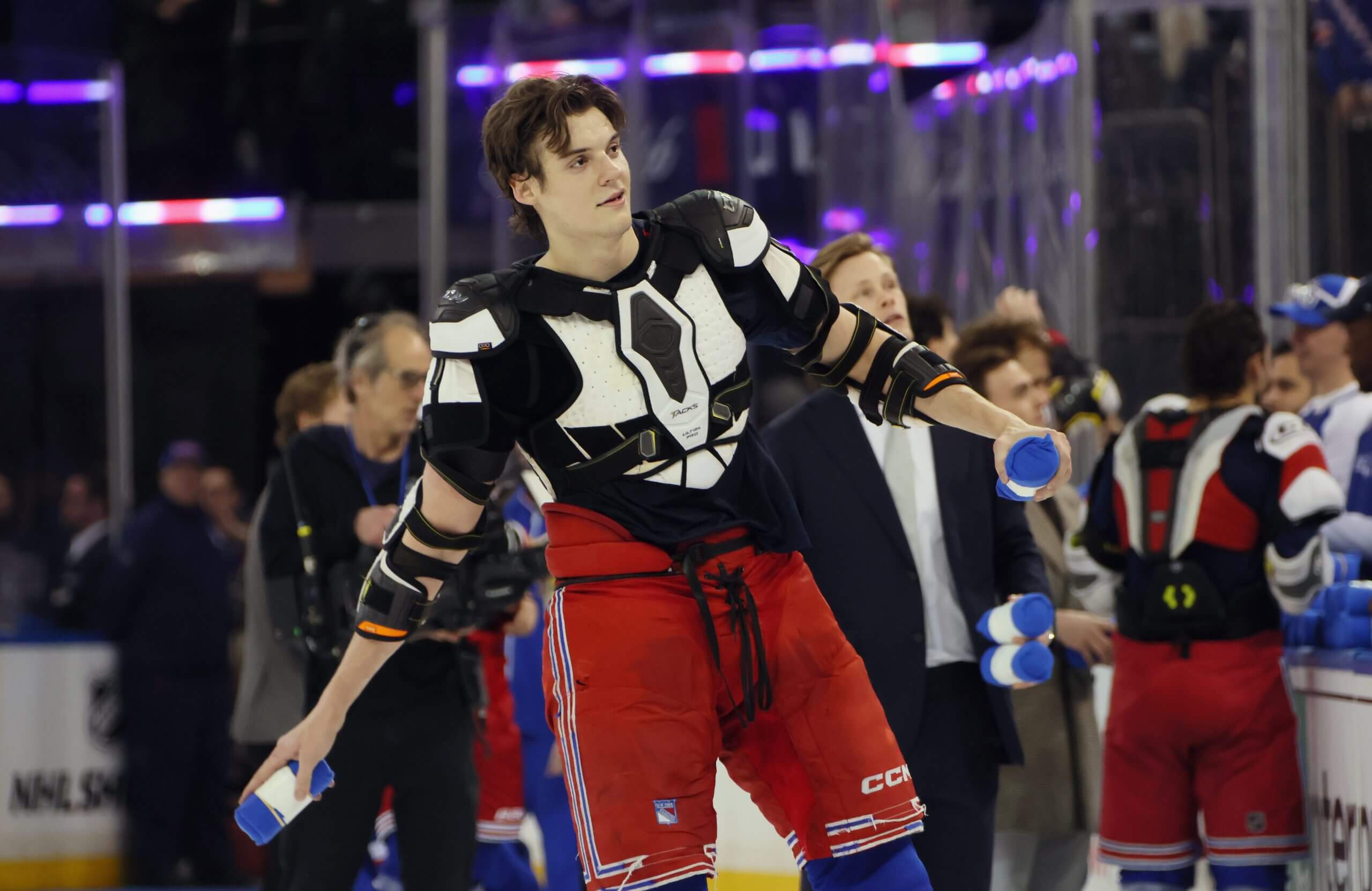
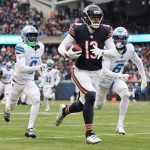


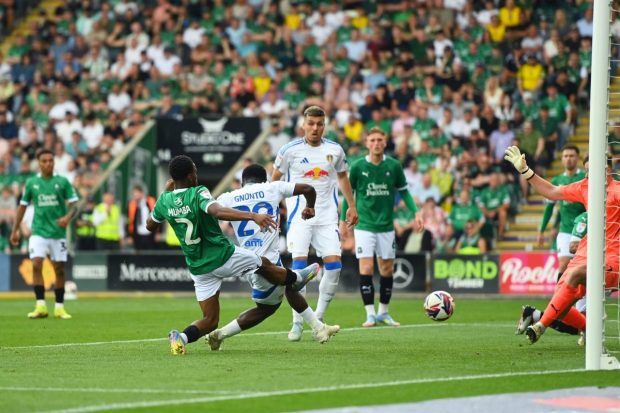
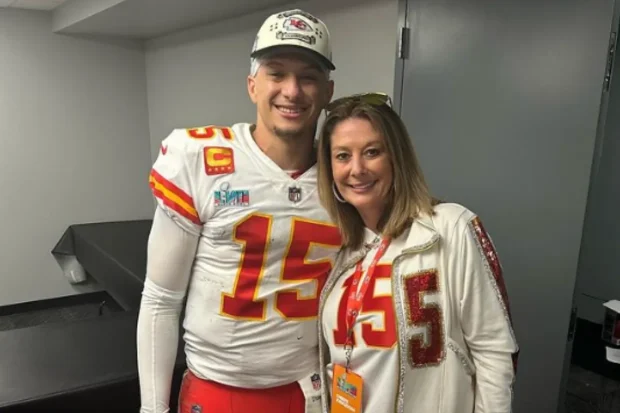
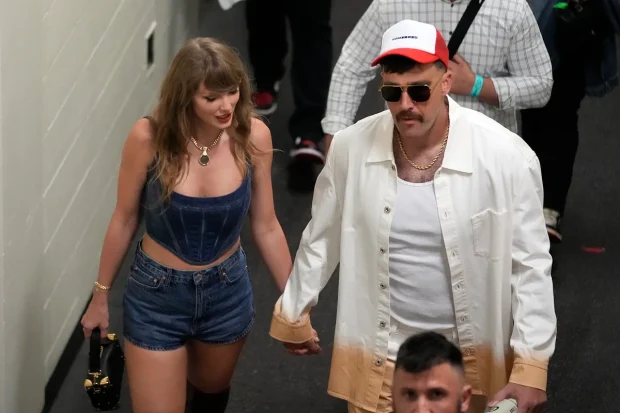

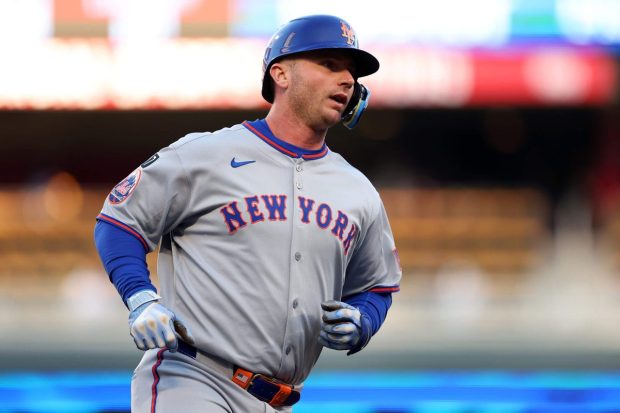
Be the first to leave a comment